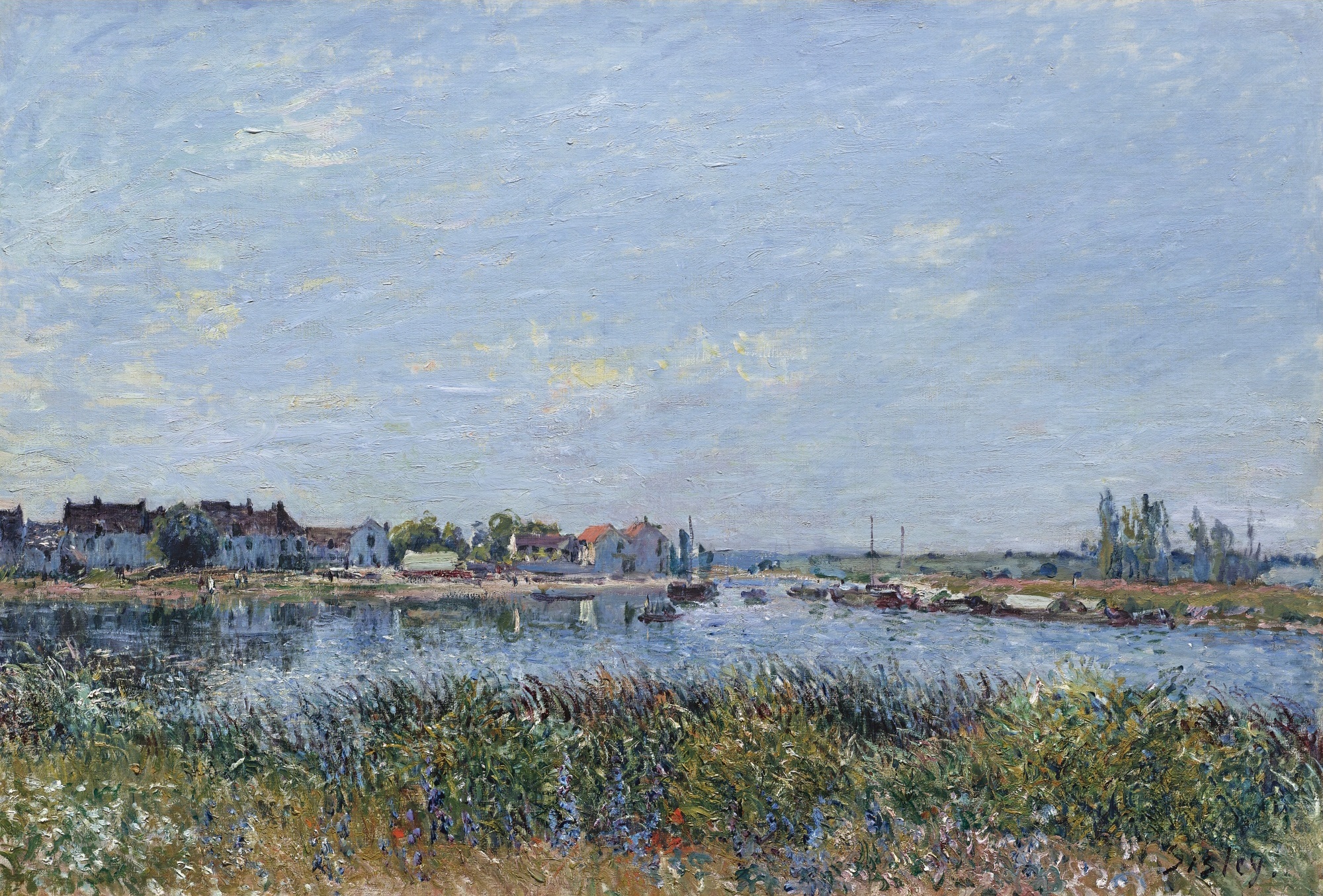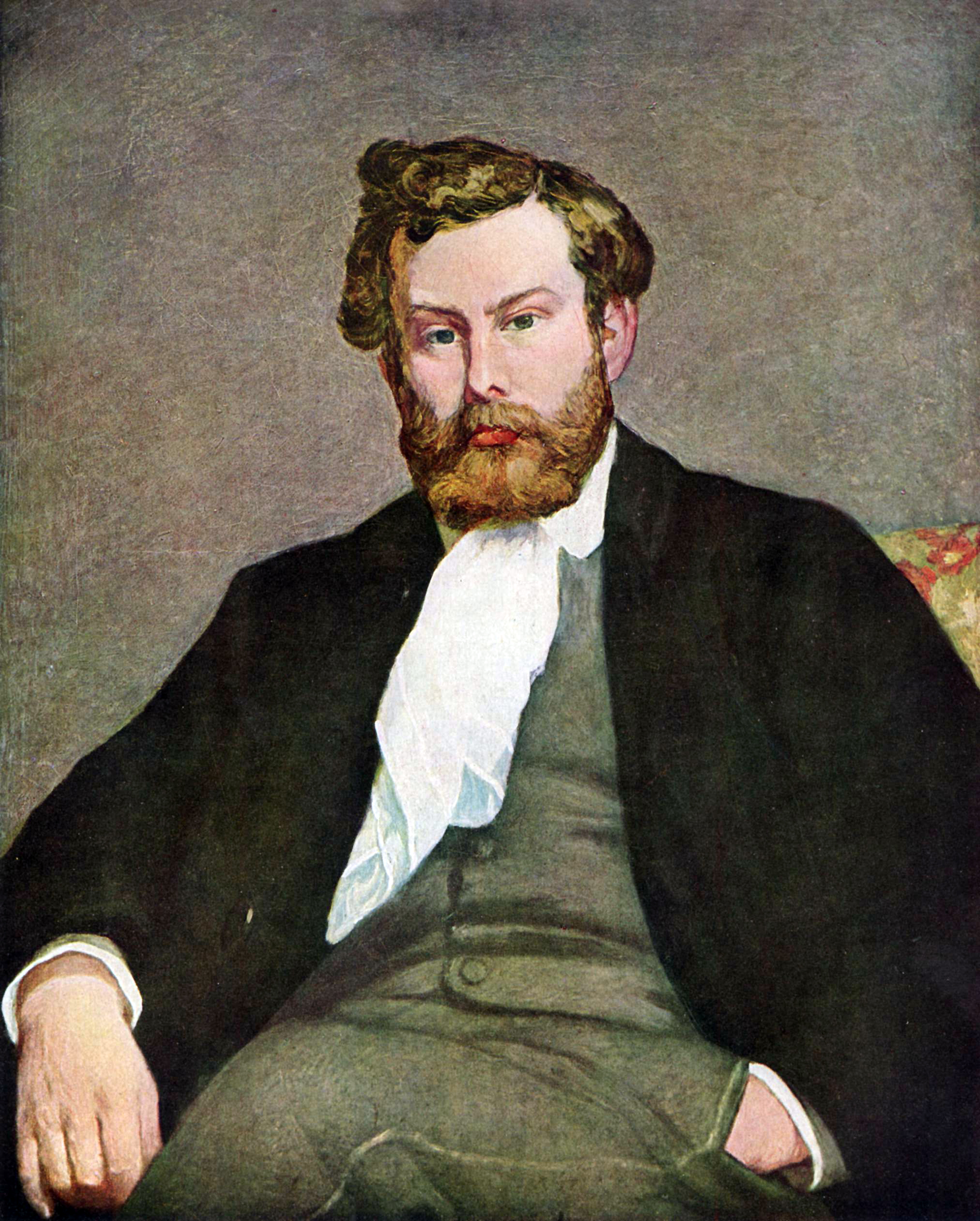Born in Paris to an English family, Alfred Sisley was sent to the United Kingdom when he was eighteen. There is where he discovered, prior to the Impressionists, the work of Turner, who was widely exhibited in London, and the work of Constable, another undisputed master of the English landscape. Continuing financial difficulties quickly brought him back to the Paris area, first to Louveciennes, then Marly. After 1880, he settled in the Moret-sur-Loing area, where he remained until his death.
The main protagonist in this landscape, the sky, absorbs two-thirds of the composition. Like Constable when he conducted a systematic study of cloud types, Sisley attributed an architectural role to the sky, using different planes to give his painting depth. In the majestic foreground of the bank, a genuine space of pure abstraction, the artist casts the shadow of the clouds in free and energetic touches, as if on a color palette. Each plane is given its own characteristic touch: the lively and sumptuous brushstrokes of the bank, the structured color blocks of the houses, the vibrant lightness of the plants, and the transparency of the sky.


 Alfred Sisley
Alfred Sisley